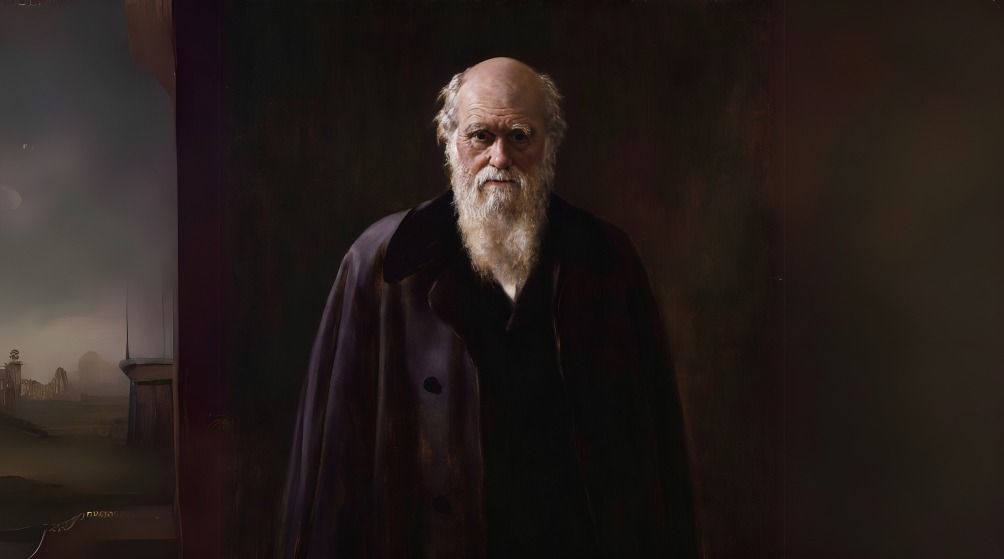
“
Charles Darwin, a name synonymous with the theory of evolution, was a groundbreaking naturalist who revolutionized the way we understand the natural world. His observations during the voyage of the HMS Beagle led to the development of his theory of natural selection, which he detailed in his famous work, On the Origin of Species. This theory challenged existing beliefs and forever changed scientific thought. In this blog, we’ll uncover 20 interesting facts about Charles Darwin, exploring his life, his adventurous journey, and the discoveries that reshaped biology. These facts offer a glimpse into the mind of a man whose curiosity and dedication to science paved the way for modern evolutionary studies.1
”
Charles Darwin and Abraham Lincoln share the same birthday, February 12, 1809. However, their beginnings were vastly different; Lincoln was born in a simple log cabin, while Darwin was born in a grand house.1
Darwin, born into a family of physicians, enrolled in medical school at Edinburgh at 16 but dropped out two years later due to his aversion to blood and disinterest in medicine.2
Before achieving fame, Darwin struggled academically and was considered a poor student by his teachers. However, his passion for natural history and exploration eventually paved the way for his scientific success.3
Darwin had a unique appreciation for unusual cuisine, joining Cambridge's Glutton Club, where he and fellow members savored exotic foods like hawks and owls, showcasing his adventurous and curious palate.4
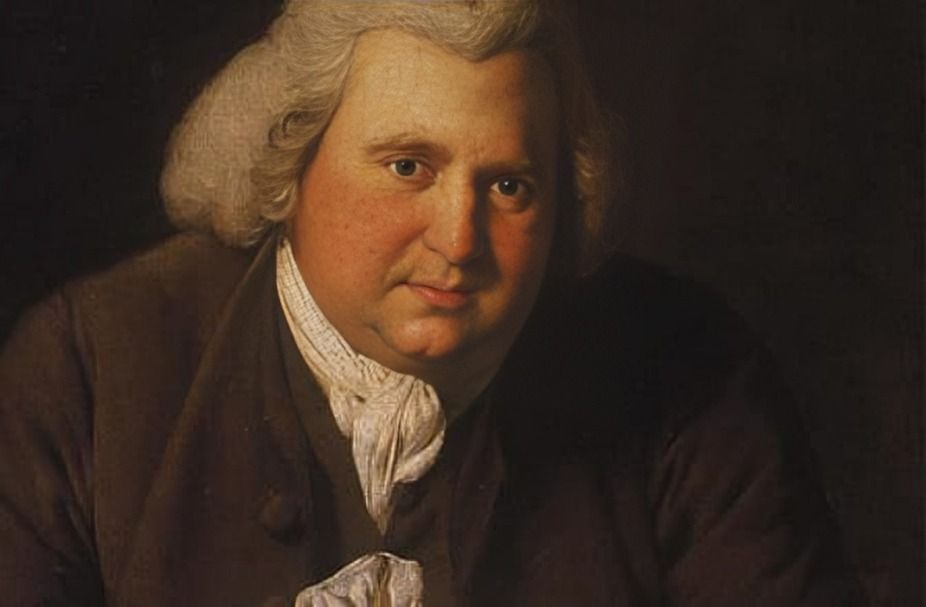
Darwin was greatly influenced by his grandfather, Erasmus Darwin, a physician and poet who proposed early ideas about evolution. This familial inspiration sparked Charles's lifelong interest in natural history and the mysteries of life.
On his 25th birthday, Charles Darwin received an extraordinary gift: a mountain named Mount Darwin. This 8,163-foot peak is part of the Cordillera Darwin in Tierra del Fuego, honoring his legacy.5
Darwin's seminal book, "On the Origin of Species," sold out on its very first day of publication in 1859. The book's groundbreaking ideas sparked intense debate, significantly altering the scientific landscape of the time.6
Charles Darwin contemplated marriage by creating a pros-and-cons list in his journal. He noted the joys of companionship and children against the loss of freedom, travel, and family visits.7
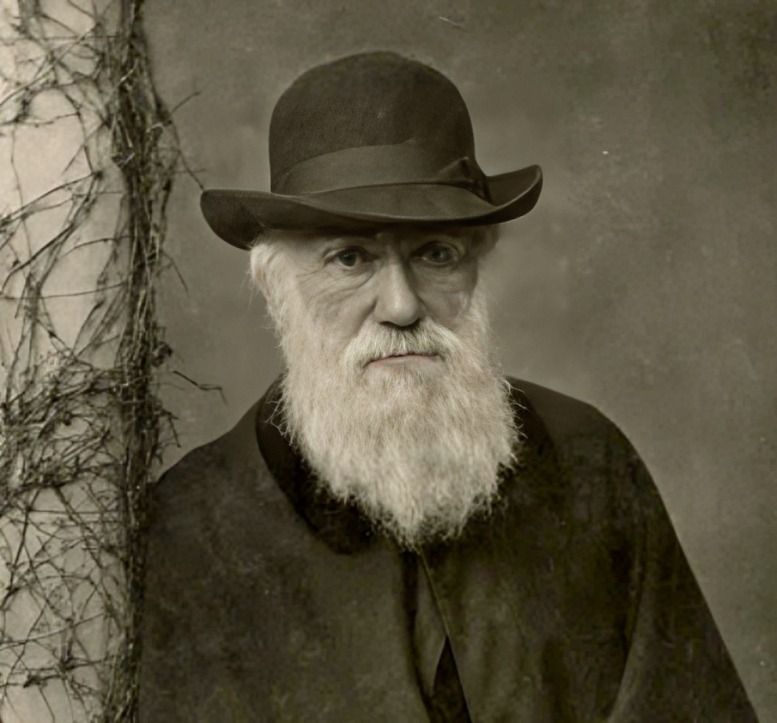
Darwin's health was fragile throughout his life; he suffered from chronic illnesses that included nausea and anxiety. These health issues forced him to work primarily from home, where he found comfort and solace.
Interestingly, Darwin was known for being a slow writer, spending years meticulously gathering evidence before publishing his theories. His dedication to thorough scientific inquiry underscored his commitment to understanding the natural world.8
Darwin’s marriage to Emma Wedgwood was both loving and intellectually stimulating. They exchanged many letters discussing his work and ideas, showcasing a unique partnership that combined science with personal affection and understanding.9
He was also an amateur geologist, making significant contributions to the field, particularly in studying coral reefs. His geological observations informed his understanding of Earth’s processes, adding depth to his scientific repertoire.10
Charles Darwin faced a lot of criticism from the Church of England for his theory of evolution. Surprisingly, 126 years later, the Church apologized for misunderstanding his ideas.11
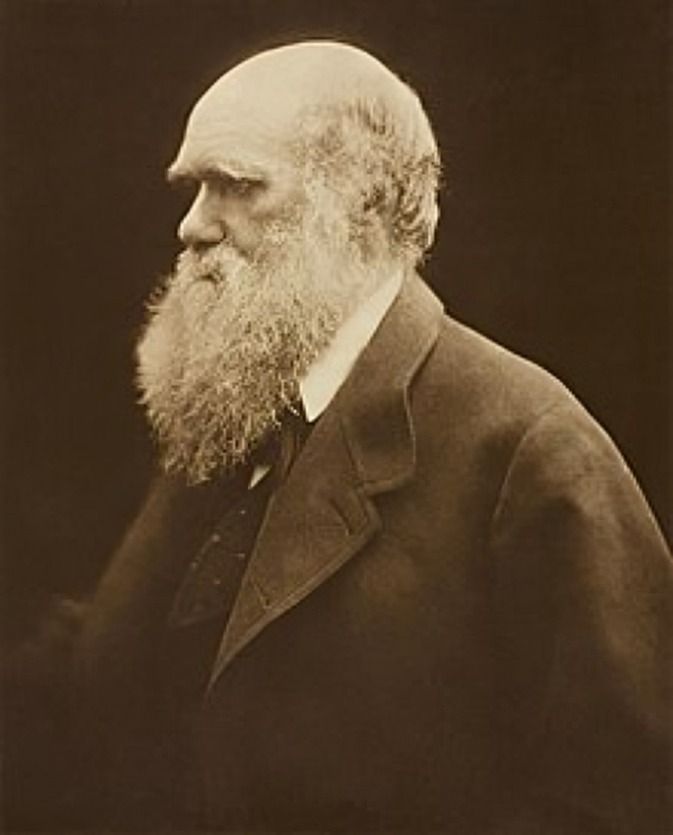
In his later years, Darwin developed a keen interest in the emotions of animals. He proposed that animals shared feelings with humans, challenging the prevailing notion of animals as purely instinctual beings.
Darwin waited more than 20 years to publish his important theory on evolution. After his voyage on the HMS Beagle, he finally announced it with Alfred Russel Wallace in 1858.12
From 2000 to 2018, Charles Darwin's portrait was on the back of the British £10 note. The note featured the HMS Beagle and various plants and animals from his travels.13
Darwin's work faced opposition from religious groups and some scientists, showing how groundbreaking ideas can challenge established norms and spark significant debate.14
More than 250 species have been named after Charles Darwin. These include plants, animals, and even microorganisms, honoring his significant contributions to science and our understanding of evolution.15
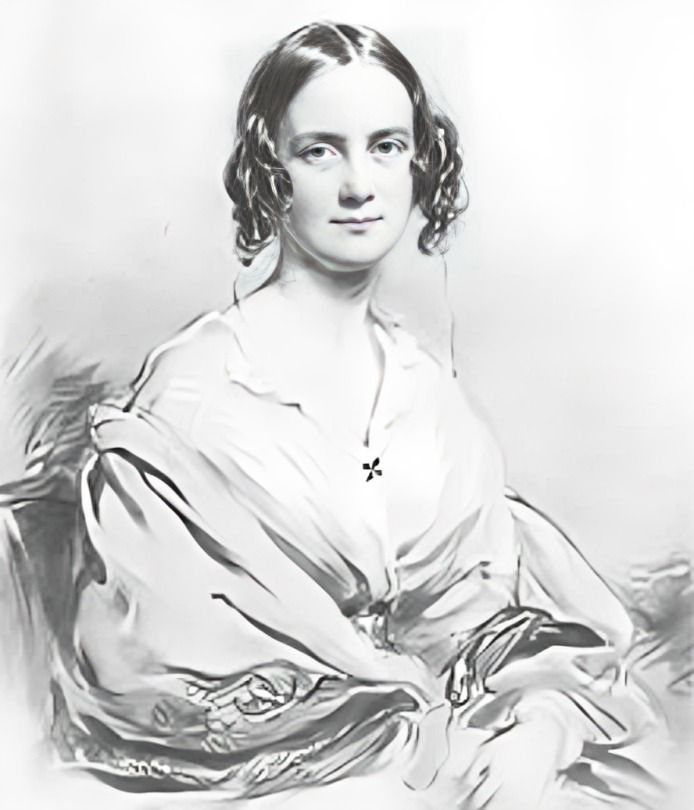
Charles Darwin married his first cousin, Emma Wedgwood. Together, they had ten children, forming a large family that greatly influenced his life, research, and theories on evolution.
Finally, Darwin’s grave in Westminster Abbey serves as a testament to his profound impact on science. He rests alongside other great minds, such as Isaac Newton, honoring his place among the pioneers of scientific thought.16


